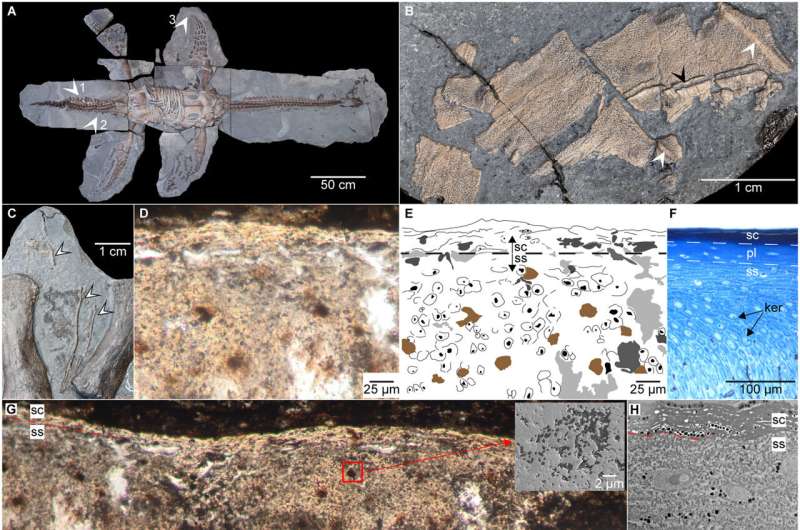Edit Content
Trending






Understanding how cells transform into specialized types during human development is a central challenge in biology. This complex process, known as cell differentiation, holds the key to understanding developmental biology and advancing regenerative medicine. A team of researchers in Japan has developed a new computational tool, scEGOT, which provides new insights into this process by addressing the limitations of previous methods and enabling the analysis of single cell dynamics across different cell types.
Published in BMC Bioinformatics, the study focused on the induction process of human primordial germ cell-like cells (hPGCLCs) from human pluripotent stem cells, which have the potential to become reproductive cells such as eggs and sperm. scEGOT, which is short for single-cell trajectory inference framework based on entropic Gaussian mixture optimal transport, is a comprehensive framework that allows researchers to map dynamic cell differentiation trajectories, identify key transition points, and uncover the roles of genes regulating these processes.
Unlike existing methods, scEGOT offers both high interpretability (meaning it can be easily understood) and high computational efficiency (meaning it does not require as many computing resources), which makes it a useful tool for single-cell data analysis.
One of the main challenges in studying cell differentiation is capturing intermediate cell states—transitional phases that are critical for understanding how cells progress from one state to another. Traditional methods often either lack the precision to identify these phases or rely on computationally expensive and opaque approaches such as neural networks.
“This project aims to overcome these limitations by providing a mathematically rigorous and biologically interpretable framework,” explained Dr. Toshiaki Yachimura, the lead researcher of this project.
The researchers applied scEGOT to analyze the induction process of hPGCLCs, revealing new details about the genes and pathways involved. They identified the progenitor population of hPGCLCs and determined the exact moment when these cells diverge from somatic lineages—cells that form the body’s tissues and organs.
The analysis suggested the gene regulatory network involving TFAP2A and NKX1-2 plays an important role in the specification of hPGCLC progenitors. It also revealed that genes like MESP1 and GATA6 are critical for driving the differentiation of somatic lineages. These findings provide a clearer picture of how early human development unfolds and offer valuable clues for regenerative medicine applications.
Looking ahead, the researchers plan to expand scEGOT’s capabilities to include other types of single-cell data, such as scATAC-seq, which investigates epigenetic factors—chemical modifications that influence gene activity. They aim to integrate datasets of multiple types of biological molecules, so-called multi-omics data, such as transcriptomic data (transcribed RNA) and epigenomic data (chemical modifications to DNA), in order to create a comprehensive picture of gene regulation and the dynamics of cell differentiation.
“scEGOT is a versatile, data-driven method that can advance our understanding of cell differentiation dynamics,” Dr. Yachimura commented. “By uncovering epigenetic mechanisms and differentiation pathways, it has the potential to revolutionize developmental biology.”
This research highlights the importance of integrating biology and mathematics to tackle fundamental scientific questions. As tools like scEGOT become more widely adopted, they promise to accelerate discoveries in developmental biology and beyond, bringing us closer to understanding the mechanisms of life itself.
More information:
Toshiaki Yachimura et al, scEGOT: single-cell trajectory inference framework based on entropic Gaussian mixture optimal transport, BMC Bioinformatics (2024). DOI: 10.1186/s12859-024-05988-z
Provided by
Kyoto University
Citation:
Computational tool maps cell differentiation with precision and efficiency (2025, February 7)
retrieved 8 February 2025
from https://phys.org/news/2025-02-tool-cell-differentiation-precision-efficiency.html
This document is subject to copyright. Apart from any fair dealing for the purpose of private study or research, no
part may be reproduced without the written permission. The content is provided for information purposes only.
©2024. Livebuzznews. All Rights Reserved.